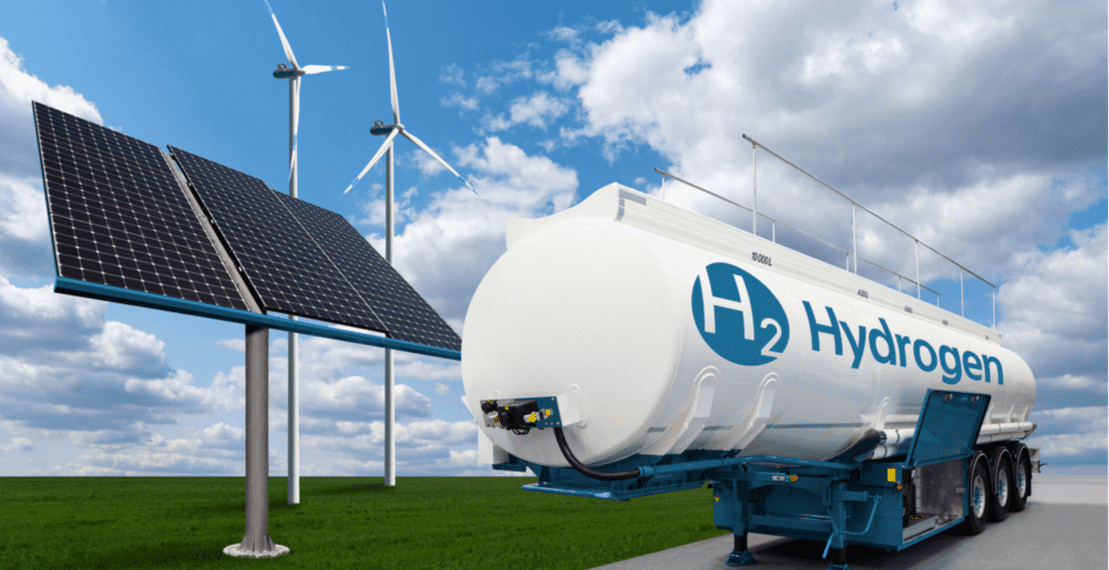Hydrogen Revolution Backed by Nuclear Power: Bold Tax Credits
January 6, 2025
Hydrogen: The Fuel of the Future
Hydrogen has long been hailed as a game-changer in the energy sector—a sustainable, zero-emission fuel that holds the potential to decarbonize some of the most energy-intensive industries. From powering cars to providing clean energy for industrial processes, hydrogen promises solutions for a variety of applications. However, its large-scale adoption has historically been hindered by high production costs and carbon-heavy practices.
That’s where nuclear power enters the equation. By leveraging the consistent, carbon-free energy produced by nuclear reactors, it’s now possible to create “green hydrogen” without harmful emissions. This partnership could finally deliver on hydrogen’s long-awaited potential.
Why Nuclear-Powered Hydrogen Matters
With carbon reduction deadlines looming, governments and industries are scrambling to meet climate commitments. Nuclear energy offers an ideal partner for hydrogen production because it is both reliable and emissions-free. When paired with cutting-edge electrolyzer technology, nuclear power can produce the pure hydrogen needed to fuel critical processes in industries that are notoriously difficult to decarbonize, such as steel and cement manufacturing.
In addition to creating green hydrogen, this method addresses two key challenges that have always plagued the hydrogen economy—reducing production costs and increasing scalability. Thanks to recent federal tax credits, this approach is becoming not only feasible but competitive, potentially tipping the scales for hydrogen’s widespread adoption.
Game-Changing Tax Credits: Powering the Hydrogen Revolution
The latest U.S. federal policy changes, including lucrative tax credits under the Inflation Reduction Act and other clean energy incentives, are revitalizing the hydrogen sector. These tax credits provide significant financial advantages for companies that produce hydrogen in environmentally friendly ways, such as nuclear-powered electrolysis. By slashing costs for producers, governments are making green hydrogen more attractive and competitive on the global market.
These federal advantages position the U.S. as a global leader in hydrogen innovation. They could encourage other countries to follow suit by enacting similar policies, creating a domino effect in the global battle against climate change.
The Role of Nuclear Power in a Sustainable Future
Despite its stigma, nuclear power is one of the safest and most reliable energy sources available. Unlike fossil fuels, it emits zero greenhouse gases during operation, making it a vital component of any sustainable energy strategy. By coupling nuclear power with hydrogen production, we can achieve significant environmental milestones without sacrificing efficiency or reliability.
Countries like France, Japan, and South Korea have already recognized nuclear energy’s potential to decarbonize economies effectively. Now, with hydrogen in the mix, the scope for nuclear-powered applications is expanding even further.
Real-World Applications That Inspire Hope
The fusion of hydrogen and nuclear power is already creating waves worldwide. Take, for example, initiatives like the U.S. Department of Energy’s Hydrogen Shot program, which aims to make green hydrogen affordable at $1 per kilogram by 2030. Projects like this offer a glimmer of hope that a sustainable future isn’t just a far-off dream—it’s within reach.
In Europe, groundbreaking partnerships like the collaboration between EDF and McPhy Energy are pushing the boundaries of hydrogen production. By using nuclear-powered electrolyzers, they aim to scale hydrogen to supply fuel for heavy-duty transportation and industrial manufacturing.
Such ambitious projects not only signal technological progress but also inspire optimism about our ability to fight climate change effectively.
Challenges Ahead: Why Momentum Must Be Maintained
As promising as it all sounds, the journey isn’t without challenges. Public misconceptions about nuclear safety remain a significant hurdle, as does the high initial cost of infrastructure development for hydrogen production and storage.
Despite these obstacles, the combination of strategic policy incentives, technological advancements, and international collaboration could provide the tools this burgeoning industry needs to succeed. The hydrogen revolution backed by nuclear power is no longer a mere aspiration—it’s becoming a reality.
A Glimpse of the Future
Imagine a world where factories run on clean hydrogen fuel, commercial planes take off without a carbon footprint, and cars powered by hydrogen emit nothing but water vapor. This world isn’t as far-fetched as it may seem. With continued innovation, smart investments, and proactive policy frameworks, hydrogen could power a cleaner, more sustainable tomorrow.
Industries, governments, and consumers alike must push for the rapid implementation of technologies that support this transition. The clock is ticking on our climate crisis, and the hydrogen revolution just might be the solution we’re looking for.
Conclusion: Turning Bold Vision Into Reality
The hydrogen revolution, particularly when backed by nuclear power, has the potential to rewrite the future of energy. With innovative tax credits and ever-improving technology leading the way, hydrogen could be the key to breaking free from our fossil fuel dependency and meeting ambitious climate goals.
Ready to stay in the loop? Explore more groundbreaking developments like this on Zexnews and stay informed about the future of clean energy.
“`





